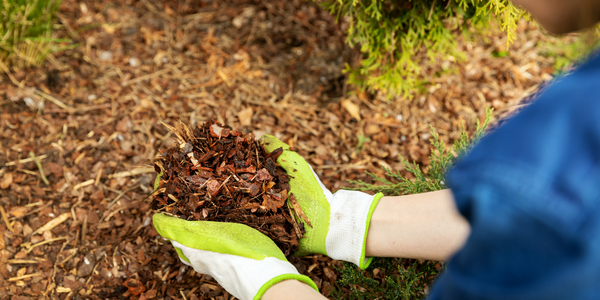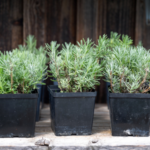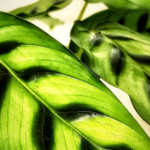Let’s talk about what kind of mushrooms grow in mulch!
Mushrooms are fascinating fungi that can often be found growing in mulch. While there are many types of mushrooms that can be found in mulch, some of the most common varieties are shiitake, oyster, and enoki mushrooms. Shiitake mushrooms are characterized by their large, slightly umbrella-shaped caps, and are known for their meaty texture and smoky flavor. Oyster mushrooms have a soft, velvety texture and delicate flavor. Lastly, enoki mushrooms are long, thin mushrooms with a pleasantly crunchy texture and mild flavor.
Table of Contents
What kind of mushrooms grow in mulch
When foraging for mushrooms in mulch, it is important to be aware of the potential risks of eating mushrooms that have not been properly identified. For this reason, it is best to leave mushroom identification to experts. That being said, if you have a trained eye and are confident in your abilities, you can look for certain physical characteristics to help you identify the mushrooms.
If you are interested in growing mushrooms in mulch, the first step is to purchase a mushroom spawn. Spawn is the material used to start a mushroom colony, and can be found at most gardening stores. Once the spawn has been purchased, it can be mixed with the mulch and placed in a shady spot in your garden. The mushrooms should begin to appear within a few weeks.
No matter what type of mushroom you are looking for, mulch is a great place to find them. With a little knowledge and patience, you can find a variety of delicious mushrooms growing in mulch!
5 tips on how to grow mushrooms at home
- Research the type of mushroom you want to grow. Some mushrooms require a more complex setup than others, so make sure you know what kind you want to grow.
- Buy mushroom spawn and substrate. Spawn is the mushroom equivalent of seeds and you can buy it online or at a local gardening store. Substrate is the material that will provide the mushrooms with nutrients.
- Sterilize the substrate. This is an important step as it will reduce the risk of contamination.
- Start inoculating the substrate. Put the spawn in the substrate and mix it together.
- Monitor the conditions. The mushrooms need the right temperature and humidity levels to grow, so make sure you keep an eye on those.
Following the tips listed above will help you to grow mushrooms at home and add another layer to your gardening skills.
How to make mulch at home
Making mulch at home is a great way to save money, improve the health of your garden, and reduce your environmental footprint. Mulch is a layer of material that is spread over the soil to help retain moisture, protect plants from extreme temperatures, and reduce weeds. Here are some tips for creating your own mulch at home:
- Choose the right material. Common mulch materials include straw, grass clippings, dried leaves, shredded bark, and shredded newspaper. Choose a material that is compatible with your garden plants and the environment.
- Apply the mulch correctly. Spread the mulch evenly over the soil, making sure to leave a few inches of space between the mulch and the base of the plants. This will help to keep the moisture in the soil, while also allowing air to circulate.
- Monitor your mulch. Make sure to check your mulch regularly to make sure it is doing its job. If the mulch starts to break down or become compacted, it is time to add more.
Following these tips will help you create a healthy mulch layer for your garden.
We hope the above information will give you a good idea of what mushrooms grow in mulch and also how to grow your own mushrooms and mulch!



